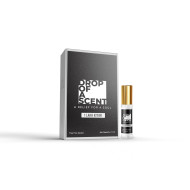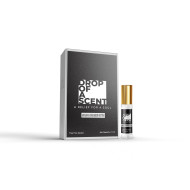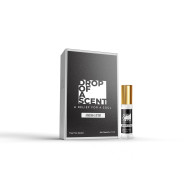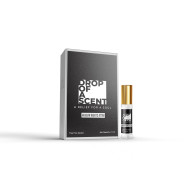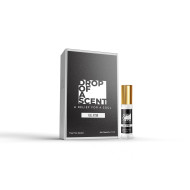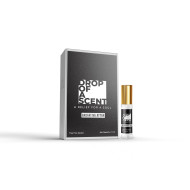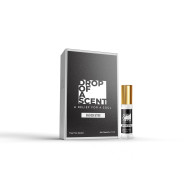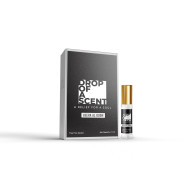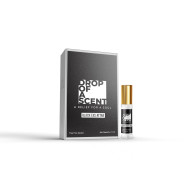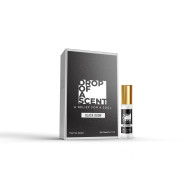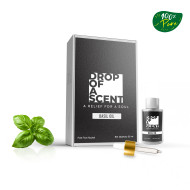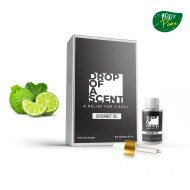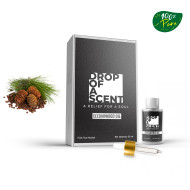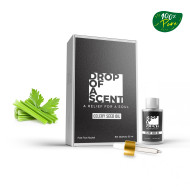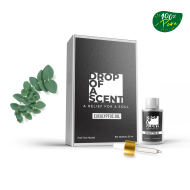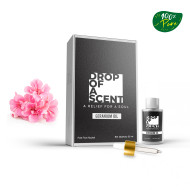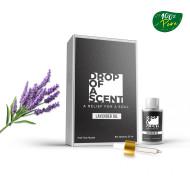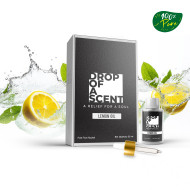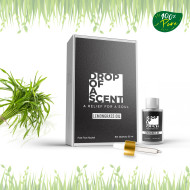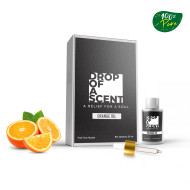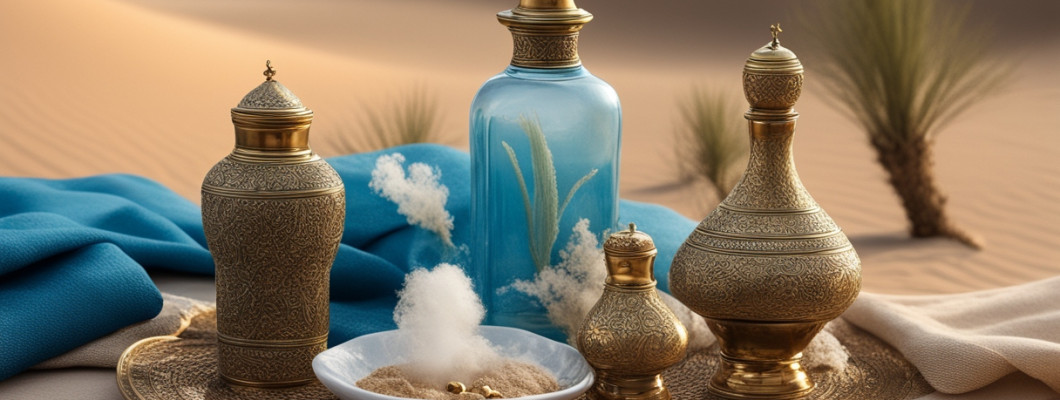
Perfume has been an essential part of human culture for thousands of years, but the world of attars holds a special place in the realm of fragrances. Rooted deeply in the history and traditions of India, attars represent more than just scents; they embody a rich cultural heritage and artisanal craftsmanship that has been passed down through generations. In this article, we will explore the fascinating world of attars, uncovering their origins, production methods, and unique characteristics.
What Are Attars?
Attars, also known as ITR or Oudh, are traditional Indian perfumes derived from natural sources such as flowers, herbs, and spices. Unlike synthetic fragrances that dominate the modern market, attars are crafted using ancient methods that retain the essence of natural ingredients. They are often alcohol-free, making them a popular choice among those seeking a pure and natural fragrance experience.
The History of Attars
The origins of attars can be traced back to ancient civilizations, but their prominence in India dates back to the Mughal era. During this period, the art of perfume-making was highly revered, and attars were considered a luxury item among the nobility. The process of distilling essential oils from natural materials was refined over time, leading to the sophisticated attar blends that we know today.
The Craftsmanship Behind Attars
Creating an attar is an intricate process that involves several steps, each requiring skill and precision. The traditional method of attar production includes:
Extraction: The first step is to extract essential oils from natural sources. This is usually done through steam distillation or hydro distillation. Flowers like rose and jasmine, as well as spices like saffron and cardamom, are common ingredients.
Aging: Once the essential oils are extracted, they are aged in glass bottles or clay pots. This aging process can last from a few weeks to several months, allowing the oils to blend and develop their full aroma.
Blending: The aged oils are then carefully blended to create a balanced and harmonious fragrance. Master perfumers, known as 'attar makers,' use their expertise to mix different oils and create unique attar blends.
Bottling: Finally, the attar is bottled in traditional glass or metal containers. These bottles are often intricately designed, reflecting the artistic heritage of the attar.
Types of Attars
Attars come in a wide range of scents and formulations. Some of the most popular types include:
Floral Attars: These attars are made from flowers such as rose, jasmine, and tuberose. They are known for their sweet and romantic fragrances.
Woody Attars: Attars with woody notes, such as sandalwood and agarwood, offer a deep and earthy aroma.
Spicy Attars: These attars are infused with spices like cinnamon, cloves, and cardamom, providing a warm and exotic scent.
Herbal Attars: Herbal attars include ingredients like mint and basil, giving a refreshing and invigorating fragrance.
The Benefits of Attars
Attars are not just about fragrance; they offer several benefits that set them apart from synthetic perfumes:
Natural Ingredients: Attars are made from natural sources, free from synthetic chemicals and alcohol. This makes them a safer choice for those with sensitive skin.
Long-Lasting: Due to the concentration of essential oils, attars tend to have a longer-lasting fragrance compared to many synthetic perfumes.
Unique Blends: Each attar is a unique blend, offering a personal and distinctive scent that reflects the individual’s personality.
Cultural Significance: Attars hold cultural and traditional value, making them a cherished part of Indian heritage.
How Attars Differ from Modern Fragrances
While modern synthetic perfumes are widely available, attars offer a distinctive alternative:
Ingredients: Modern perfumes often contain alcohol and synthetic compounds, whereas attars are purely natural.
Fragrance Profile: The fragrance profile of attars is generally more complex and nuanced due to the use of natural oils and traditional blending techniques.
Cultural Value: Attars carry a rich cultural history and artisanal craftsmanship that is often absent in contemporary fragrances.
How to Choose and Use Attars
Selecting the right attar can be a personal journey, as fragrances vary widely. Here are some tips for choosing and using attars:
Understand Your Preferences: Consider the type of scents you enjoy—floral, woody, spicy, or herbal.
Test Before Buying: If possible, sample different attars to find the one that suits you best. Many attar shops offer testers for this purpose.
Storage: Store attars in a cool, dark place to preserve their quality. Avoid direct sunlight and heat, which can affect the fragrance.
Application: Apply attar to pulse points like the wrists, neck, and behind the ears. These areas emit heat, helping to diffuse the fragrance.
Attars in Modern Times
In recent years, there has been a resurgence of interest in attars, both within India and internationally. Modern consumers are increasingly seeking natural and sustainable alternatives to synthetic perfumes. As a result, attars have found a new audience among those who appreciate their purity and traditional craftsmanship.
Many contemporary perfumers are experimenting with attar techniques, blending traditional methods with modern trends. This fusion of old and new is helping to keep the art of attar-making alive while making it accessible to a global audience.
Conclusion
Attars are much more than just perfumes; they are a testament to India's rich cultural heritage and artisanal skills. With their natural ingredients, unique blends, and historical significance, attars offer a distinctive fragrance experience that continues to captivate and enchant.
Whether you are drawn to the traditional craftsmanship or the pure, natural scents, exploring attars can be a rewarding journey into the world of authentic, time-honored perfumery. Embrace the art of attar-making, and discover a fragrance experience that is as timeless as it is unique.

